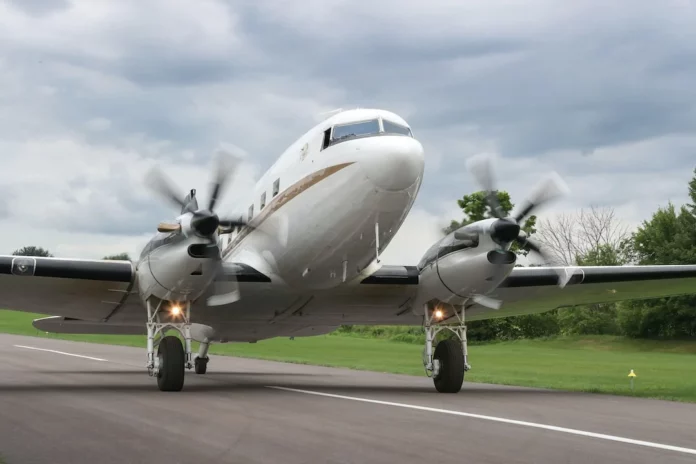Turbine Gas Temperature (TGT) is a critical parameter in aviation that refers to the temperature of the gases entering the turbine section of a gas turbine engine. It is an essential measurement for monitoring and controlling the performance of the engine.
TGT is measured in degrees Celsius (°C) and is typically displayed on the engine instruments in the cockpit or monitored remotely by the flight crew. The accurate measurement and management of TGT are vital to ensure safe and efficient operation of the aircraft.
Let’s explore the significance of Turbine Gas Temperature in aviation and its role in the overall performance of gas turbine engines.
The Importance of Turbine Gas Temperature in Aviation
1. Engine Efficiency
The Turbine Gas Temperature has a direct impact on the efficiency of gas turbine engines. The temperature of the gases entering the turbine affects the amount of energy that can be converted into useful work by the turbine blades. The higher the TGT, the more energy can be extracted from the gases, resulting in improved engine efficiency.
On the other hand, if the TGT is too high, it can lead to thermal stress and damage to the turbine blades. Therefore, maintaining an optimal TGT range is crucial for achieving the best balance between engine performance and durability.
2. Engine Performance Monitoring
TGT is a critical parameter that helps monitor the performance of gas turbine engines. It provides valuable information about the efficiency and health of the engine. By monitoring the TGT, aviation professionals can identify any deviations from the expected values and take appropriate actions to ensure the engine operates within safe limits.
In modern aircraft, the TGT is often integrated into the Engine Indication and Crew Alerting System (EICAS), which allows the flight crew to monitor various engine parameters in real-time. Abnormal TGT readings can indicate potential issues such as compressor fouling, component deterioration, or other malfunctions, enabling proactive maintenance and troubleshooting.
Factors Affecting Turbine Gas Temperature
Several factors can influence the Turbine Gas Temperature in aviation. It is important to understand these factors to manage TGT effectively and ensure the reliable operation of gas turbine engines.
1. Fuel Flow
The amount of fuel flowing into the combustor section of the engine directly affects TGT. An increase in fuel flow will result in a higher TGT, as more energy is released during the combustion process. Conversely, reducing the fuel flow will lower the TGT.
2. Ambient Temperature
The ambient temperature, or the temperature of the surrounding air, affects the TGT. Higher ambient temperatures will result in higher TGT readings, as the engine needs to work harder to maintain optimal performance in hot conditions. Conversely, colder ambient temperatures can lead to lower TGT values.
It is important for aviation professionals to consider the ambient temperature when planning flights to ensure that the engine operates within safe TGT limits.
3. Engine Load
The engine load, or the amount of power required from the engine, also affects TGT. Higher engine loads will result in elevated TGT readings, as more energy is needed to meet the increased power demand. Engine load can vary depending on factors such as aircraft weight, altitude, and flight profile.
Aviation professionals must carefully manage engine load to prevent TGT from exceeding safe operating limits, which could lead to engine damage or failure.
Conclusion
Turbine Gas Temperature (TGT) is a crucial parameter in aviation that directly impacts the efficiency and performance of gas turbine engines. By monitoring and managing TGT, aviation professionals can ensure safe and reliable engine operation.
TGT is influenced by factors such as fuel flow, ambient temperature, and engine load. Understanding these factors allows for effective management of TGT and helps maintain the optimal balance between engine performance and durability.
With its role in engine efficiency and performance monitoring, Turbine Gas Temperature plays a vital role in aviation, contributing to the safety and efficiency of aircraft operations.




